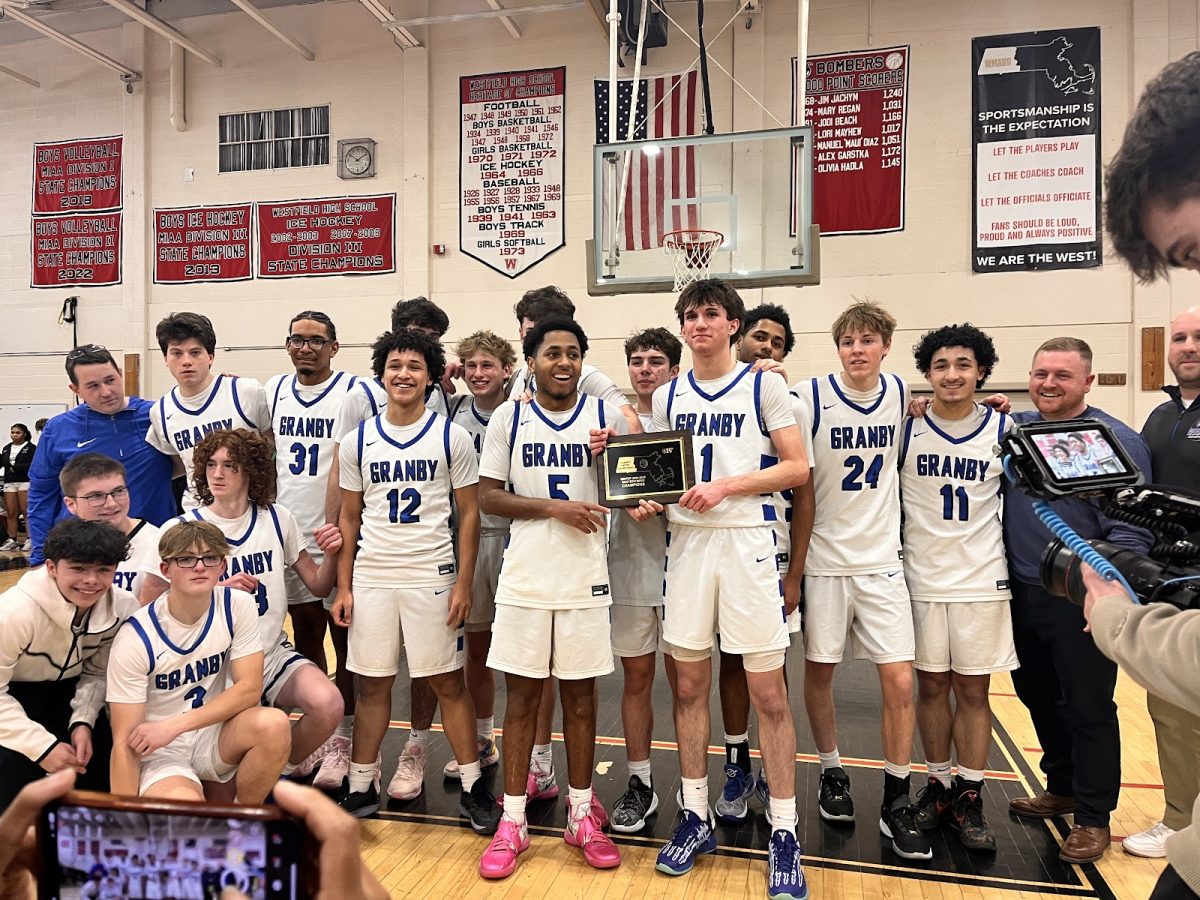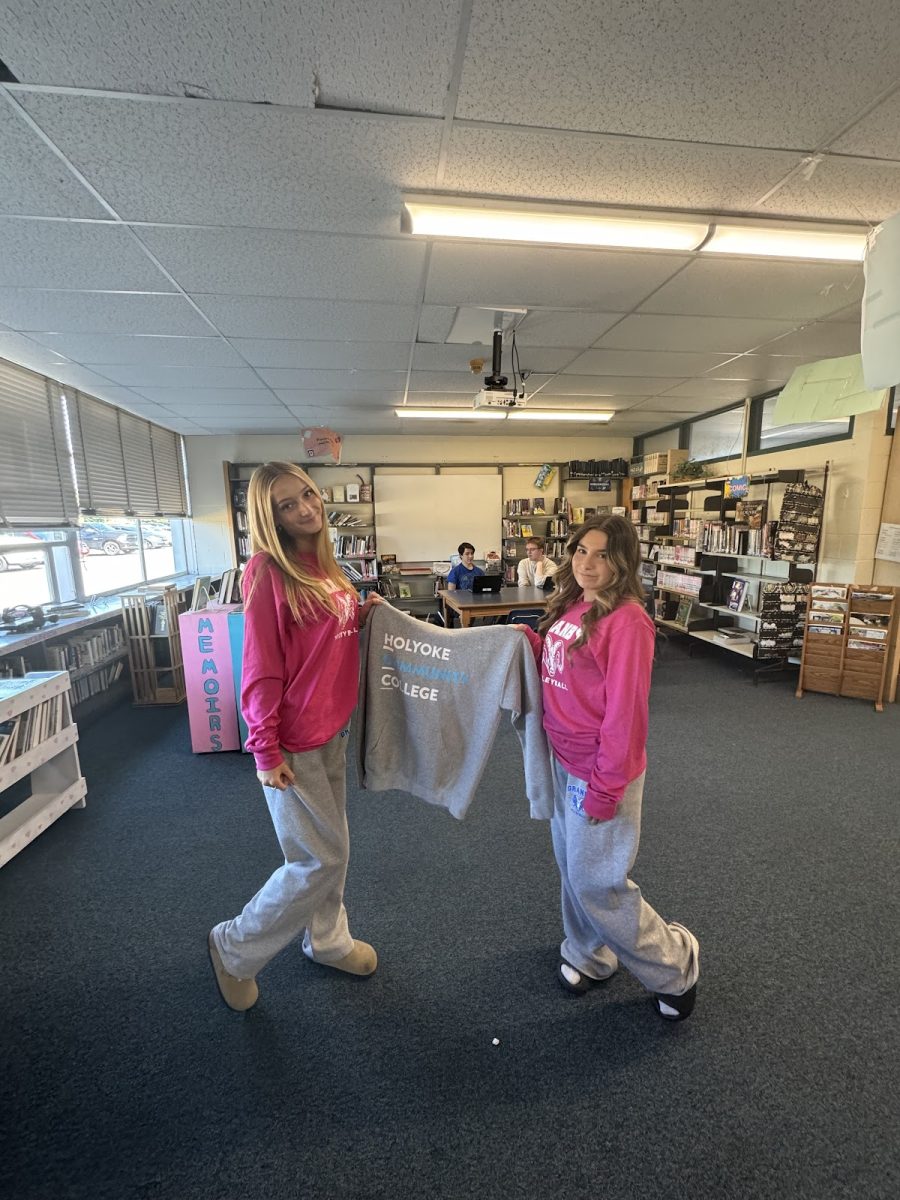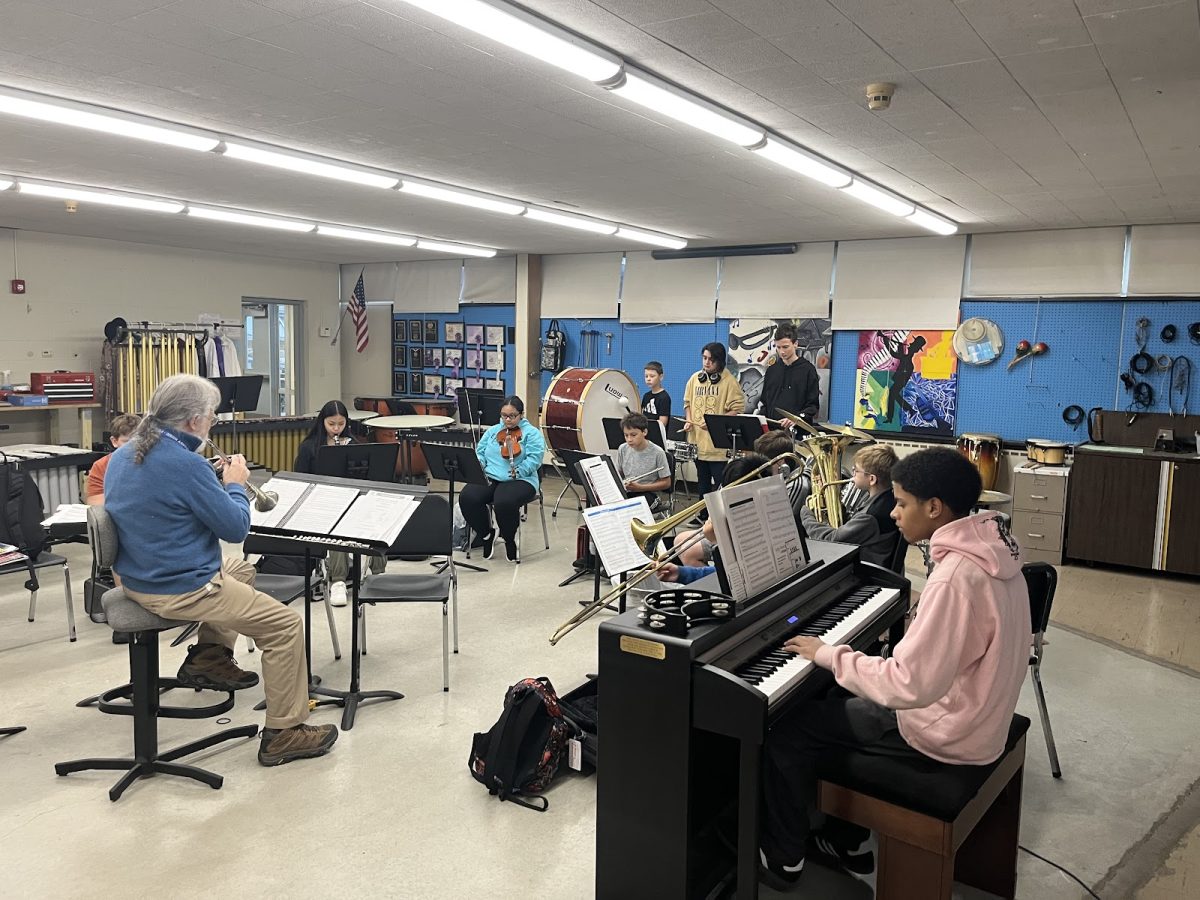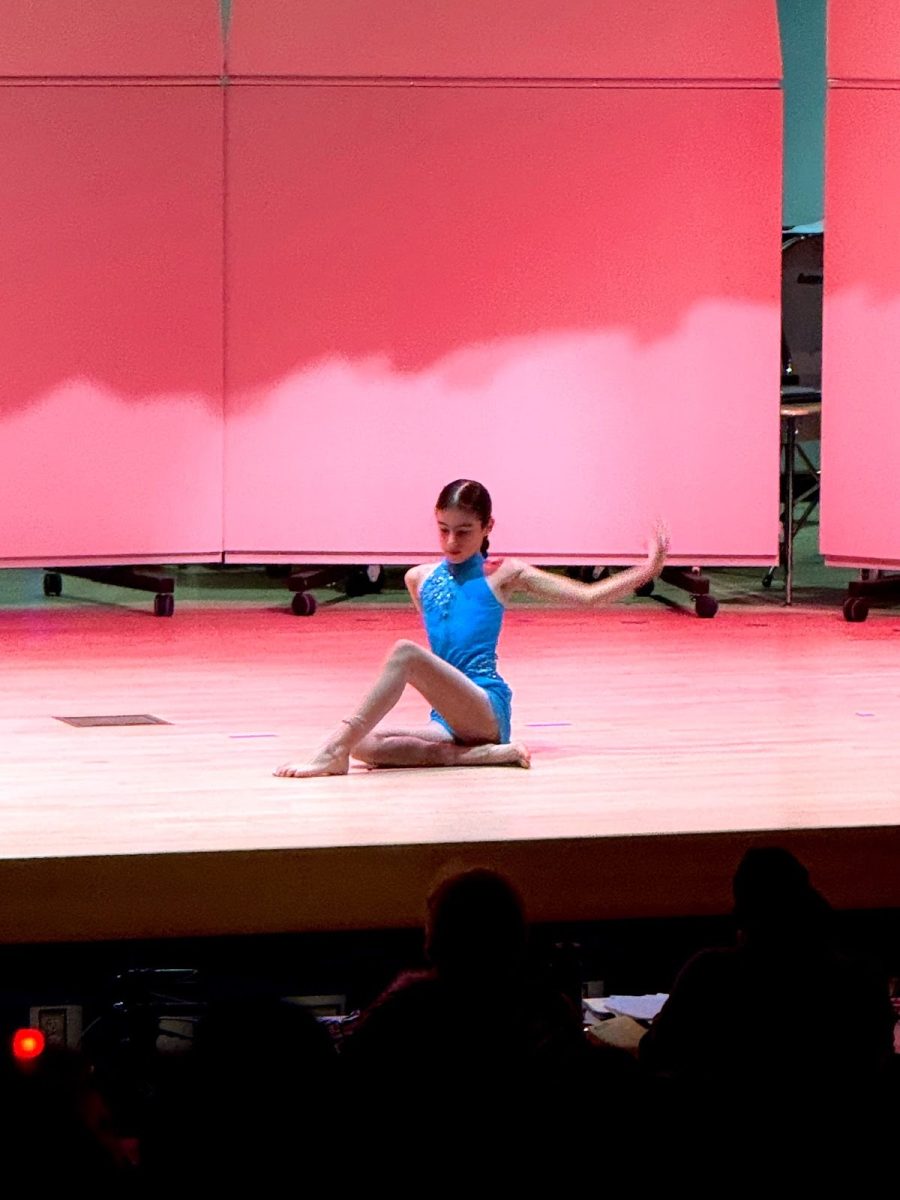The History of Music Part 2: Renaissance
January 3, 2022
The Renaissance era of music was the start of something great. This is a time period where you might know a couple of artists. A lot of these artists are known for the polyphony and harmony they brought into their music. A lot of composers also focused on Choral Music. We think this era of music lasted from the 15th to 16th century.
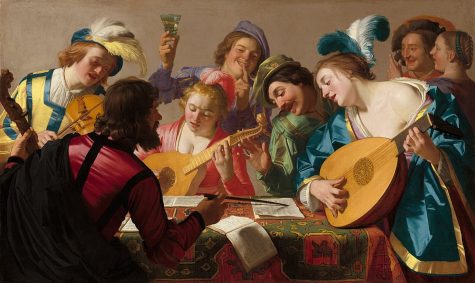
The Concert (1623) by Gerard van Honthorst
The themes of the music generally stayed the same from the medieval era, with religious music being prominent during the renaissance era as well. However, the forms in which they expressed their religious values changed. Pertaining to music in particular, a lot of songs took the form of anthems, psalms, masses and motets, and later on many composers adopted secular forms.
There were a couple notable artists from the renaissance era that the average person might recognize, however most are a little obscure. Some artists from this era are William Byrd, John Dowland, Orlando Gibbons, Giovanni Pierluigi da Palestrina.
The instruments used in this era of music evolved a lot from the medieval era. Now brass instruments like the slide trumpet, valveless trumpet, cornet and sackbut existed. String instruments and woodwind instruments evolved quite a bit. Some new percussion instruments and the harpsichord also arose.
Near the end of the renaissance era, musical theory progressed a lot with musicians moving towards the composition of major and minor scales. Flow and composition also got much better and smoother. The music was also richer in texture and better blended.
Overall, the Renaissance era in the world wasn’t necessarily the Renaissance era for music. However, the Renaissance era still brought about many advancements that allowed music to sound better. The instruments as well as the material they were made of came quite a ways. Especially in terms of string instruments things really progressed in this era of advancement.
More careers were made and people were allowed more creative liberty with their sound.

